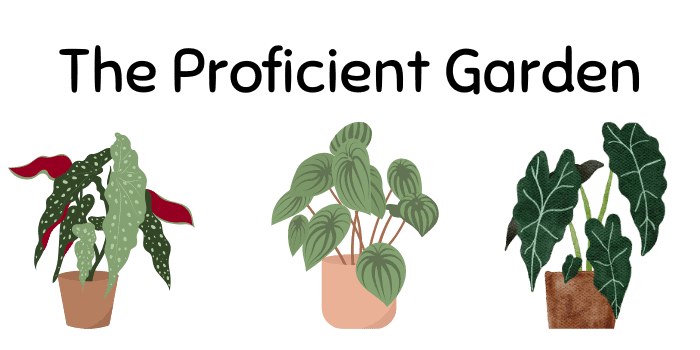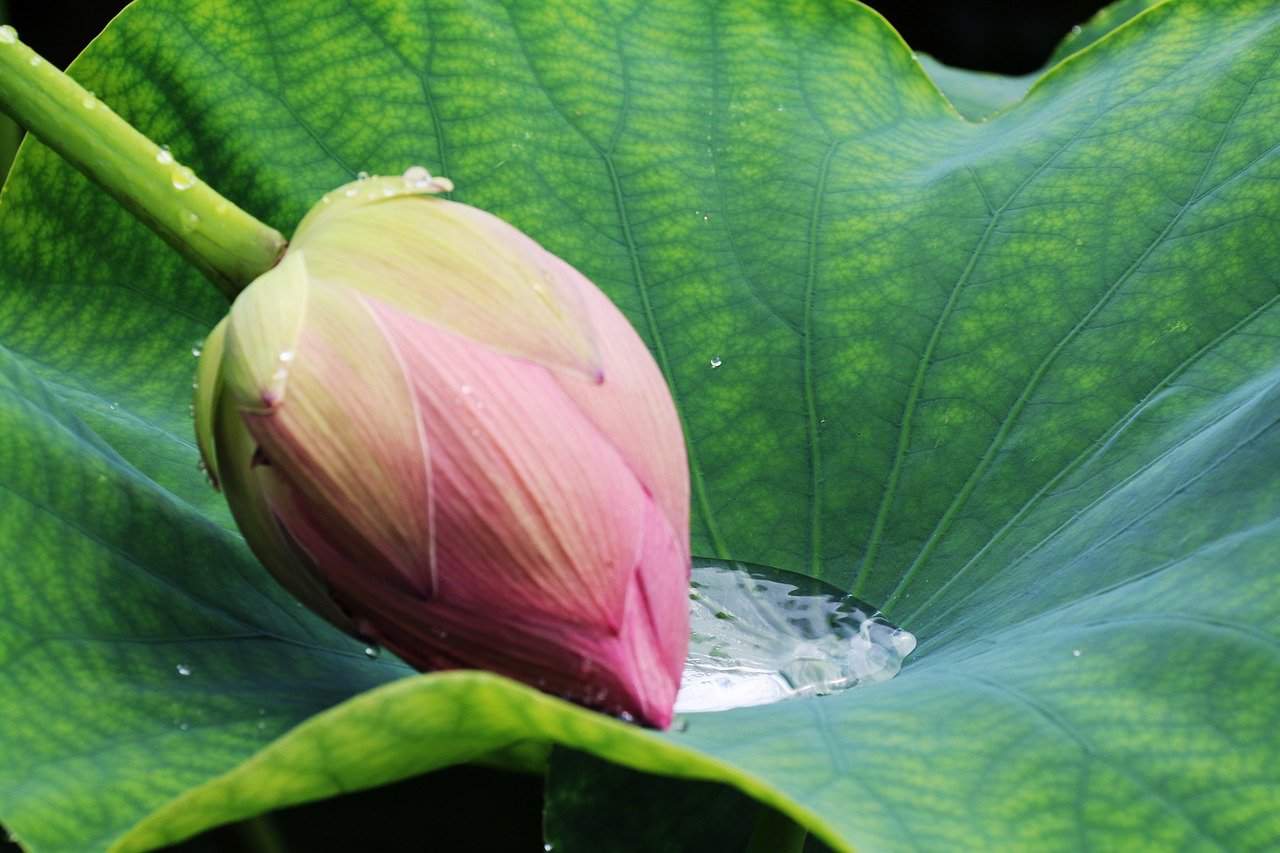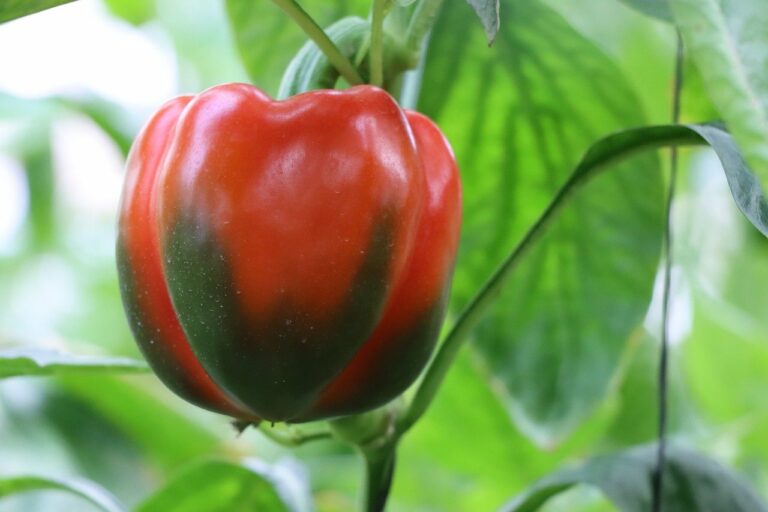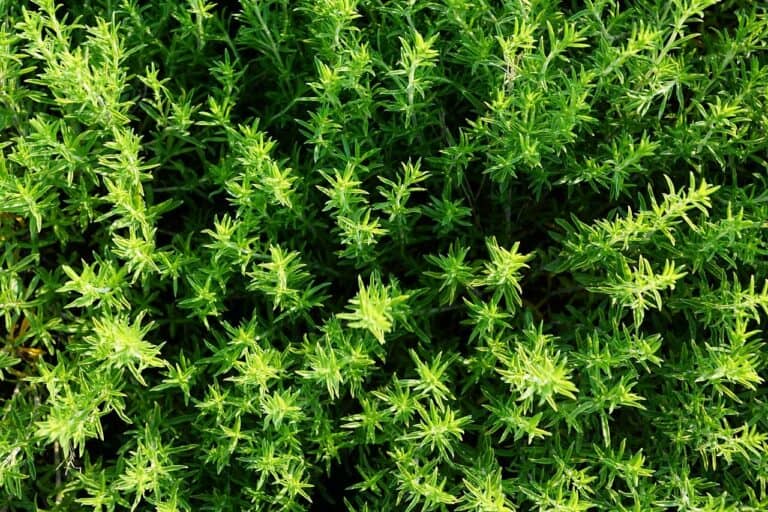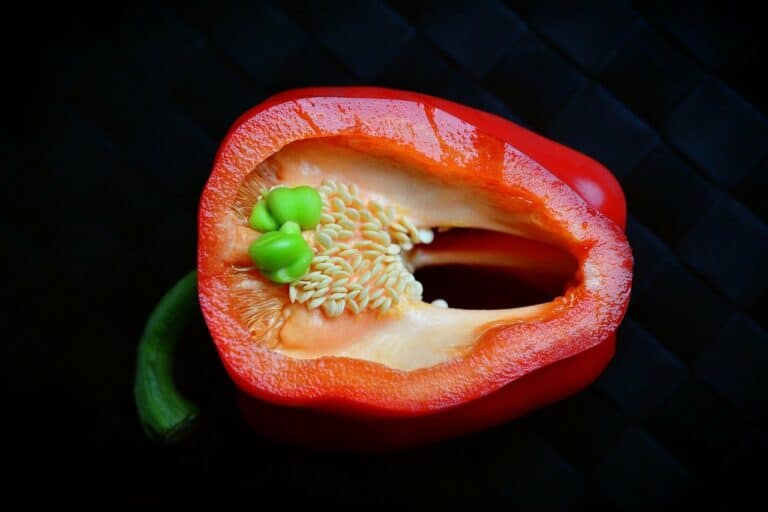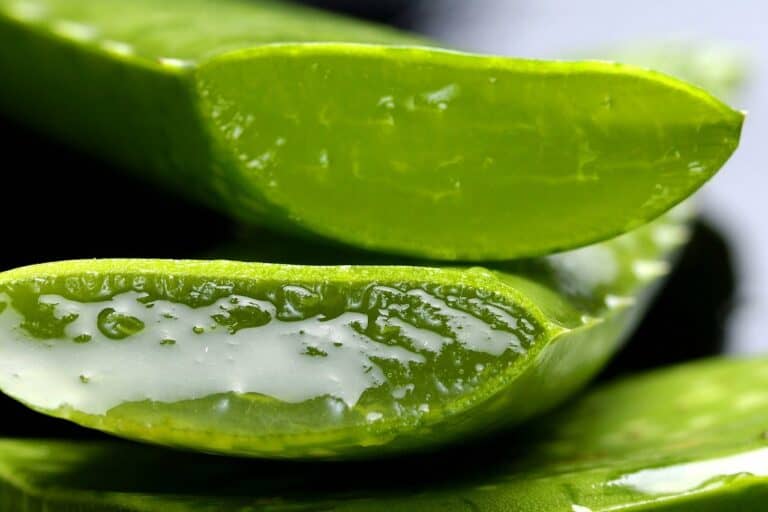Houseplants are a fantastic getaway to nature for everyone, a nicely maintained plant placed in a corner elevates the room’s beauty. But if the plants are diseased, they make everything around them look unpleasant.
Table of Contents
Identification and Treatment for Houseplant Diseases
Houseplants often get infected by many fungal, bacterial, and viral diseases. But trust me, you don’t have to be very stressed about this because you can combat them if you know what needs to be done.
Still, it’s essential to take the proper steps. For instance, your plant is affected by the fungal disease, but somehow, you diagnosed it wrong and treated bacterial infection. In this case, your plant will not recover at all. Instead, ironically the plant will get even sicker.
The good news is that this article is here to help you identify the diseases to choose the proper treatment for your plant. In addition, you will be able to prevent the disease just by following some simple steps.
1. Fungal Diseases Of Houseplants
There are many kinds of fungal diseases. I have included the most common ones to avoid getting confused while figuring out what’s wrong with your plant.
● Root And Stem Rot
Houseplants fall victim to root and stem rot due to overwatering. The fungal organisms like Fusarium, Pythium, Rhizoctonia thrive in poorly drained soil and soggy conditions. In the case of both root and stem rot, the plant starts to wilt, and the leaves and stems start turning brown or yellow.
In addition, if you uproot the plant, you will see the roots are mushy and black or brown with a bad smell.
● Fungal Leaf Spots
Fungal leaf spot is a prevalent disease among houseplants. When the soil is constantly wet, and the plant leaves are wet all the time, various types of fungus occur and cause this leaf spot.
The spots appear in various colors, such as brown, black, reddish, or yellow. In severe cases, the areas expand and merge and cause the dropping of the leaves.
● Sooty Mold
If black substances are covering your plant leaf, that means you have a sooty mold problem. Sooty molds are caused by aphids, mealybugs, and whiteflies that secrete a sticky substance called honeydew. The mold fungus loves to grow on the honeydew.
The mold blackens the whole leaf area and blocks sunlight. As a result, the plant cannot produce enough food for itself. Slowly the plant gets very weak and becomes prone to many other diseases.
● Powdery Mildew
Powdery mildew is another fungal disease that occurs during the fall season when the temperature is more relaxed at night but slightly warm in the day with high humidity. When the indoor temperature is lower than 70°F and the plants are overcrowded at one place, powdery mildew attacks devastatingly.
However, Powdery mildew is very easy to identify. The leaves look as if they are coated with white flour. You can remove powdery substances with your fingers. But these white spots will appear again after some time.
● Botrytis Blight
Botrytis blight is a prevalent and dangerous fungal disease of houseplants. The fungus usually lives on the plant debris and causes grey-colored mold. This is even more threatening for the flowering houseplants because it causes brown or grey spots on the flowers.
Also, it causes grey spots on the leaves and stems. You can identify botrytis blight quickly by seeing gray mold over the plant debris.
● Anthracnose
It’s another soil-borne fungal disease of houseplants where the leaf tips get yellow. Later the yellow areas become brown. The whole leaf eventually discolors and falls off from the plant. If this disease is not treated timely, the plant dies.
The Control Measures of The Fungal Diseases
More or less, all fungal diseases are caused by the same reasons. That’s why the control measure is pretty much the same.
First of all, remove all the infected parts (leaves, flowers, stems) from the plant because the fungal spores on the infected part will travel through the air and water to infect other healthy plants.
After that, treat your plants with the best fungicide. As you will use fungicide inside your home, it’s essential to pick the right kind of fungicide for safety reasons.
Most of the fungal diseases survive in the soil. So whenever you suspect a fungal attack, change the potting mixture of the container and replace it with a fresh soil mix.
Overwatering is the root cause of all the fungal problems. So stop watering your fungus-infected plants until the soil is dry enough. Water them in the morning so that the leaves have to dry and avoid wetting the leaves at any cost.
In the case of root rot, uproot the plant carefully from the soil and wash off the soil from the roots. Then cut the infected part with sharp tools and treat the seeds with fungicide. After that, replant it in fresh soil.
Here are two simple recipes of homemade fungicide that you can make very quickly-
#Recipe 1:- Baking Soda Spray Fungicide Recipe
Ingredients:
- 1 tablespoon of baking soda
- 2 tablespoons of any cooking oil
- 4 liters of water
- 1 teaspoon of liquid dish soap
Steps:
- Combine everything and shake very well
- Spray on the fungus-infected plants twice a week
# Recipe 2:- Epsom Salt Spray Fungicide Recipe
Ingredients
- 3 teaspoons of Epsom salt
- 2 liters of water.
Steps
- Mix water and salt and start spraying
- You can spray this solution every other week on your houseplants as long as the fungal problem continues
The Preventive Measures of The Fungal Diseases
The fungal organisms love damp and humid conditions. So make sure you provide your houseplants with good air circulation. Don’t overcrowd many plants in one place.
Some of the fungi grow and thrive on plant debris. That means you have to keep the plants free from old plant debris and dispose of them very carefully without contacting the healthy plants.
Never replant them in the same old soil whenever you treat fungal problems. Because in most cases, the fungus harbors in the soil. So, always use fresh soil for your houseplants.
Never overwater them. Always check whether the soil is dry before watering. After watering, make sure the container has enough holes to drain the extra water from the soil. Reduce the number of watering during the winter season.
Before buying any houseplants, check thoroughly if they have any disease and always get the best-looking plant.
When trimming your houseplants, always use clean tools before and after use. Although, as we have seen, some insects also help to cause fungal diseases, check the plant leaves once in a while for insects and whenever you notice their presence, kill them with insecticides.
2. Bacterial Leaf Spot
Bacterial leaf spots are a severe problem for any houseplant because the bacteria enter through the plant system and hampers in water and nutrient uptake from within. As a result, the leaves get black, water-soaked spots with a yellow ring around them.
As the disease advances, these spots merge and make even bigger spots. Finally, the stems also get the same areas, becoming mushy. Soon the stem wilts and collapses resulting in the death of the plant.
The Control Measures of Bacterial Leaf Spot
Start with removing all the infected leaves and cut off the infected stem portions if possible. Then change the container’s soil and never use this bacteria-infected soil for any other plant. After that, use a good bactericide on your plant by following the label directions.
Remove the spotted leaves from the plant and dispose of them very carefully. It’s best to wrap them in a plastic bag and throw them in the garbage.
You can try this very effective copper-based homemade bactericide –
# Recipe 1:- Copper Spray Bactericide Recipe
Ingredients
- 3 teaspoons of copper sulfate
- 25 ml of Hydrated lime
- 2 liters of water
Steps
- The ingredients are corrosive, so do not use any metal bucket or spoon
- Take the copper sulfate and mix it with water in a bucket
- Then add the hydrated lime slowly
- Continue to stir while adding the lime. Because the solutions get settled very quickly on the bottom of the bucket
- Now put it into the sprayer and shake very well before spraying
- After using, wash the sprayer very thoroughly
- Do not store this solution to use in future
- Adjust the quantities of ingredients according to your need and prepare very time freshly
The Preventive Measures Of Bacterial Leaf Blight
Bacterial leaf spot is very infectious. So when your houseplant is affected by this, keep it away from any other plants.
Always keep good circulation around all of your indoor plants. If you think they are not getting enough airflow, relocate them to another place. Sometimes the humidity can be very high inside the house. Regulate the humidity with a humidifier.
While watering the plants, don’t splash water on the leaves. Always water on the base of the plant. Always keep the container soil clean and free of debris.
3. Viral Disease Of Houseplant
Diseases due to viruses are the most dangerous for houseplants because they kill the plants shortly before giving any time to control.
Most commonly, sucking insects like aphids and thrips transmit viruses to the plants while feeding on them. Besides, contaminated tools can also transmit viruses to your houseplants.
The leaves get a mixture of dark green and light green mosaic-like patterns in most cases. Next, the flowers get discolored and distorted. Finally, the whole plant becomes stunted and takes a wilting appearance.
The Control And Prevention Of Viral Diseases
Sadly, there is no cure for viral diseases. Once the plant has been affected, it’s most likely to die, and this is why you have to take action to stop the viruses from infecting your plant.
The first thing to do is prevent insects from attacking the plant. Keep an eye on your plants for insects and check the underside of the leaf every week. If you notice them, use a suitable insecticide to kill them before they do any damage to your plant.
Always buy a healthy and disease-free plant and clean the pruning tools with alcohol before working with them on your plant.
If you want to propagate your plants, always use fresh and healthy parts. Make sure you plant them in new and disease-free soil.
Use these homemade and simple insecticide recipes to prevent pests from attacking your plant-
#Recipe 1:- Tomato Leaf Spray Insecticide Recipe
Ingredients
- 2 cups of chopped tomato leaves
- 3 cups of water
Steps
- Soak the chopped tomato leaves for 7-8 hours or preferably overnight in 1 cup of water
- Strain out all the tomato leaves
- Add two more cups of water
- Spray on the leaves twice a week
#Recipe2:- Insecticidal Soap Recipe
Ingredients:
- 250 ml of Alcohol
- 500 ml of water
- 1 tablespoon of liquid dish soap
Steps:
- Combine everything
- pour the solution into the sprayer
- Spray on both sides of the leaves up to two times every week
Frequently Asked Questions (FAQs)
1. What Is The Best Time To Spray Fungicide?
The best time to spray fungicide is early in the morning.
2. Can I Use Too Much Fungicide?
Using too much fungicide will harm your plant. The leaves will get wrinkled and burned.
3. What Causes Fungus On Indoor Plants?
High humidity, overwatering, and lack of proper air circulation are the leading causes of fungus on indoor plants.
Conclusion
Houseplants need some care and a little of your attention to stay healthy and thrive. Because they get affected by fungus, viruses, and bacteria very quickly, but some everyday actions will go a long way to keep your plant disease-free.
Even if they get infected, your quick diagnosis and control measures will save the plant and revive them in no time. Therefore, I have tried to include everything about how to control and treat the common disease of your indoor plant thoroughly in this article. I hope this helped solve the problems you were having with your adorable plants.
